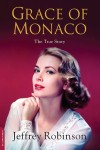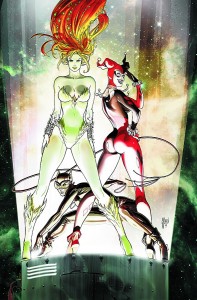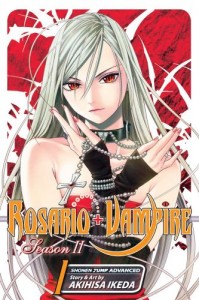GRACE Of LIFETIME
Thursday, April 23rd, 2015 A year after it was controversially featured as the opening film at Cannes, American audiences will finally get to see the bio-pic featuring Niclole Kidman as Princess Grace, titled after the book it is based on, Grace of Monaco by Jeffrey Robinson (Perseus/Da Capo; Audio, Dreamscape).
A year after it was controversially featured as the opening film at Cannes, American audiences will finally get to see the bio-pic featuring Niclole Kidman as Princess Grace, titled after the book it is based on, Grace of Monaco by Jeffrey Robinson (Perseus/Da Capo; Audio, Dreamscape).
It is not coming to the big screen, however. In quite a comedown from opening the Cannes Festival, it makes its U.S. debut on the cable network Lifetime on Memorial Day, May 25th.
The film was booed at Cannes and the kinder critics said is was “not Kidman’s finest hour.”






